The National Art Gallery in Sofia hosts the exhibition the Karastoyanovs: Founders of Bulgarian Photography. It consists of over 300 photos of that Bulgarian family of the national revival period. The exhibition furnishes documentary evidence of the Bulgarian history for over 100 years. Robert and Nellie Gibson, the Bulgarian National Library and the Institute of History at the Bulgarian Academy of Science are the main partners of that project. Curator Ivo Hadjimishev explains why that exhibition was dedicated to Karastoyanov family:
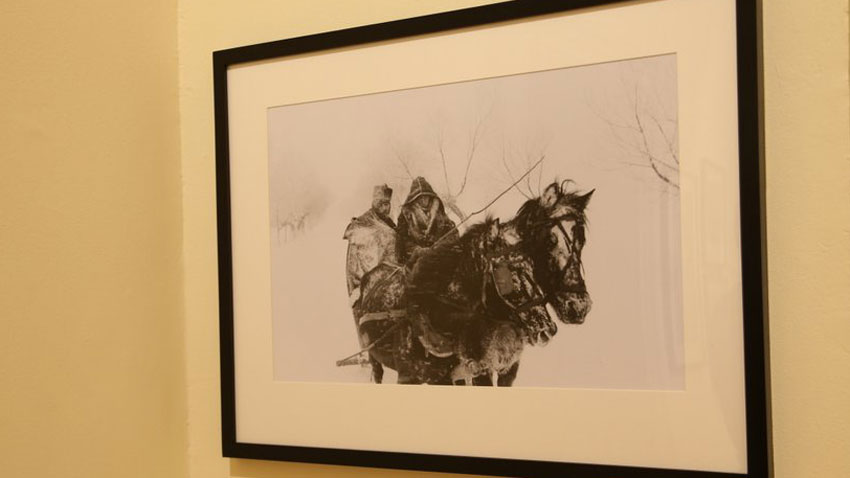
“We have to make the following clarification. Photography became popular in most Bulgarian cities, although we lived in a different social system before the Russo-Turkish war. If we compare the earliest photographs of that exhibition with the best photos of the American, the British and the French photography of that time, we will actually find out that the Bulgarian photos were as good as the foreign ones. They only captured different images. Karastoyanov’s photos show the champions of Bulgaria’s freedom. Atanas became a photograph thanks to a fellow countryman and a governor in the palace of Prince Obrenovich. A photo studio, where many national heroes such as Vasil Levski and Georgi Rakovski were photographed, was established there. This is what makes the photographs of the Karastoyanov family different, because their lenses captured the main figures of Bulgaria’s national revival period.”
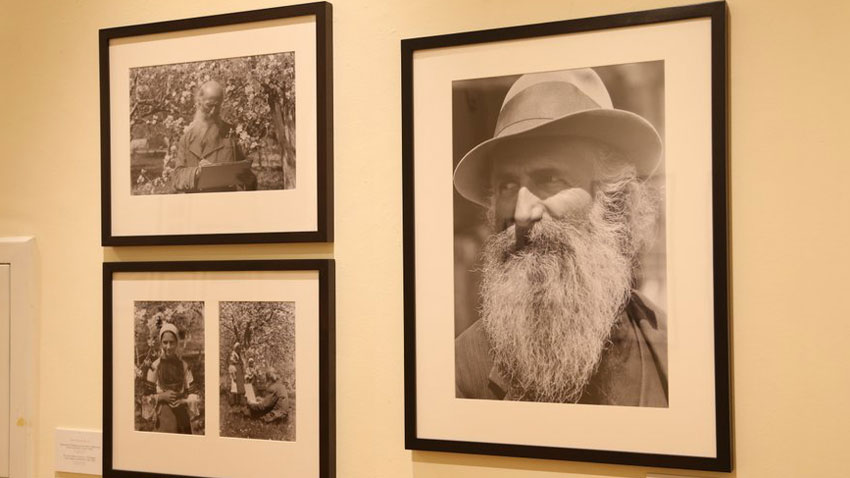
Did the members of the Karastoyanov family make a conscious choice when they started dealing with photography or was it merely their fate?
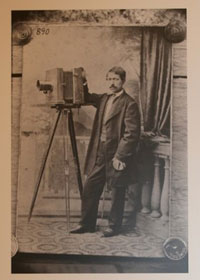 “It was a destiny for the first member of Karastoyanov family - Atanas. He is a son of Bulgaria’s first book-publisher - Nikola Karastoyanov from the town of Samokov (Southwest Bulgaria). They were engaged in book publishing and engraving. Many of the first Bulgarian books were printed in their printing house. When Atanas was still a young boy he was sent by his father to Belgrade to buy a new set of letters for their printing house. He was ready to return to Samokov, but suddenly his load dissipated on the Belgrade city square where a riot against the Turkish garrison was held. There, Atanas met with a fellow countryman who let him into the secrets of photography.”
“It was a destiny for the first member of Karastoyanov family - Atanas. He is a son of Bulgaria’s first book-publisher - Nikola Karastoyanov from the town of Samokov (Southwest Bulgaria). They were engaged in book publishing and engraving. Many of the first Bulgarian books were printed in their printing house. When Atanas was still a young boy he was sent by his father to Belgrade to buy a new set of letters for their printing house. He was ready to return to Samokov, but suddenly his load dissipated on the Belgrade city square where a riot against the Turkish garrison was held. There, Atanas met with a fellow countryman who let him into the secrets of photography.”
What was the contribution of the Karastoyanovs to the documenting of historical events?
“Photography historians admit that Atanas made the first reportage photos on the Balkans. He took photos of the manifestation marking the 50th anniversary of the First Serbian Anti-Ottoman Uprising. Later, he took photos of the Belgrade Fortress. The modern digital cameras are unable to represent the atmosphere of 1862. When the Russo-Turkish War started, Atanas and his son Ivan were among the photographers who took photos of the military actions. Unfortunately, none of those photos were preserved, because Ivan’s photo studio, together with the whole photo archive, was completely destroyed during the English-American bombing over Sofia in 1943-1944.”
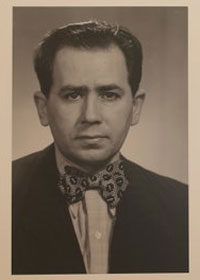 What is Boncho’s contribution to the development of Bulgarian cinematography?
What is Boncho’s contribution to the development of Bulgarian cinematography?
“The members of the Karastoyanov family were highly educated people. They studied at some of the most prestigious schools and colleges in Germany and France. Both Boncho and Bozhidar had the skills to work with cameras. In the 1940’s they often shot major historical events such as the annexation of South Dobrudzha. Some film footage was preserved at the Bulgarian National Film Archive. Boncho took part in several films in the late 1930’s and also worked under some documentaries. He was a cameraman during the filming of the first movies after 1944 at the State Cinematography. Boncho is one of the pioneers of the Bulgarian cinematography. The Karastoyanovs had a great contribution to the creation of Bulgaria’s visual historical memory.”
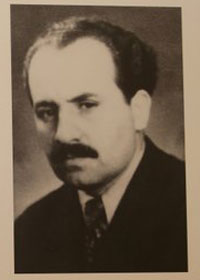 What was the life of painter and photographer Bozhidar who was the only one that photographed the wedding of Tsar Boris 3 and Queen Giovanna in Assisi?
What was the life of painter and photographer Bozhidar who was the only one that photographed the wedding of Tsar Boris 3 and Queen Giovanna in Assisi?
“His destiny is very interesting. After September 9, 1944 ( the date of the communist coup in Bulgaria), while his brother was filming Under the Yoke and Be Happy, Ani!, Bozhidar had to leave Sofia, because before and during WW2 there was no photo department at the Bulgarian Telegraph Agency. When Bulgaria joined the Tripartite Pact between Rome, Berlin and Tokyo, the German military propaganda wanted to show the achievements of this country. That is why the German information agency sent special negative prints to Bozhidar who processed them in his laboratory for the purposes of the Bulgarian press.”
Ivo Hadjimshev adds that Bozhidar has a granddaughter who has been following in the footsteps of her ancestors and has already shot a documentary about them within the frameworks of that project.
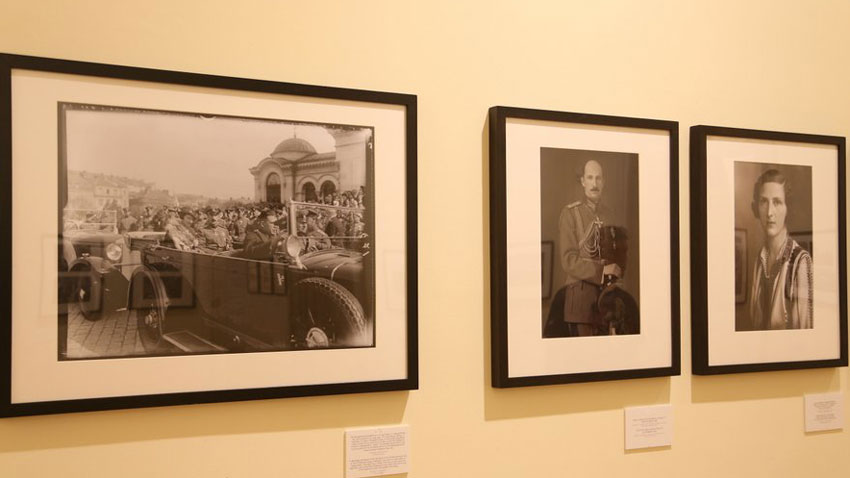
English version: Kostadin Atanasov
Photos: courtesy of Bilyana KarastoyanovaAlthough they came with the calling to uplift our world, the chosen ones not only followed their predetermined path, but also risked not fully revealing themselves because of their sacred duty to the Fatherland. Among these Renaissance Bulgarians was..
The Plovdiv Jazz Festival is celebrating its tenth birthday this year with a program, both in the summer and autumn, featuring some of the biggest names in the world of jazz. The autumn edition will announce the second largest city in Bulgaria - Plovdiv,..
The 138-minute Italian-French-Spanish biographical drama Limonov: The Ballad of Eddie (2024) has won the Grand Prize for Masterful Literary Adaptation at the CineLibri international feature film competition in Sofia. The film is an adaptation of..
World-famous opera singer Sonya Yoncheva has received the "Musician of the Year, 2023" award. It was presented to her by BNR Director General Milen..
Romanian President Klaus Iohannis awarded maestro Nayden Todorov the Order of Cultural Merit in the rank of Grand Officer, Category F - Promoting..

+359 2 9336 661
